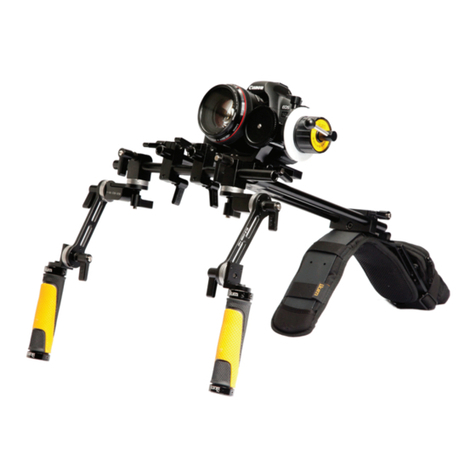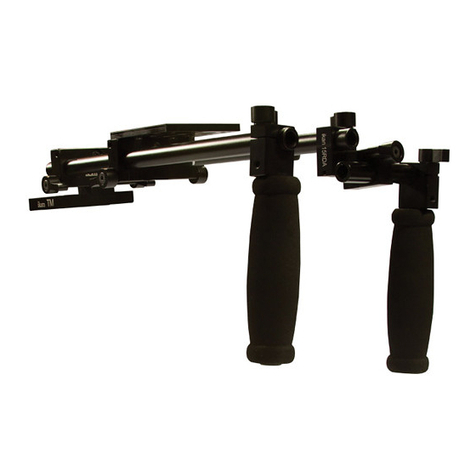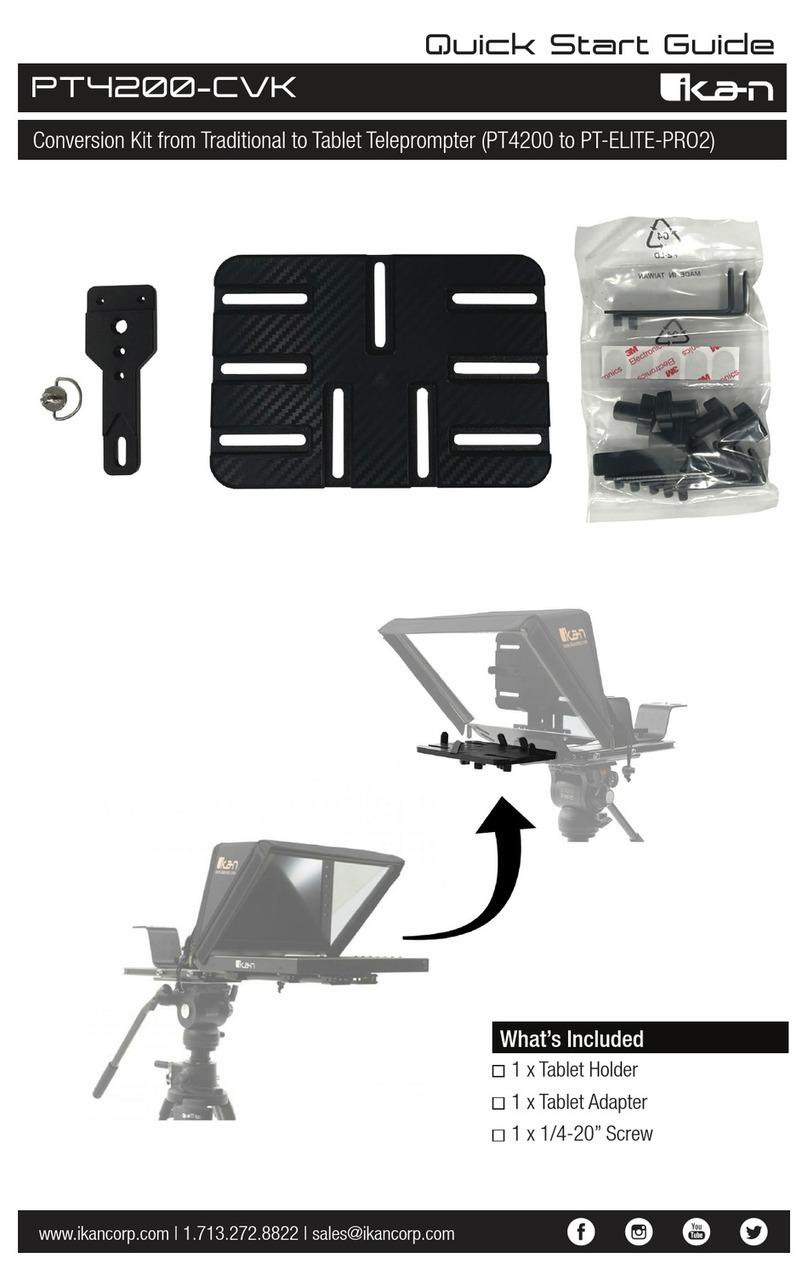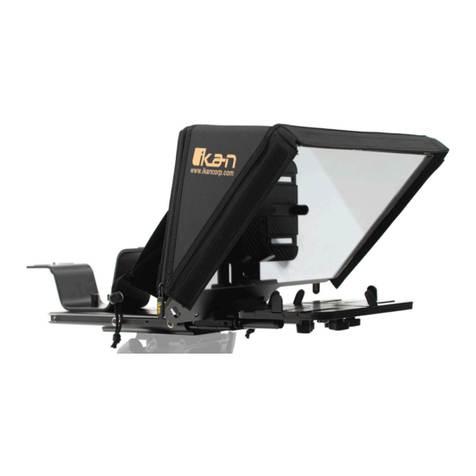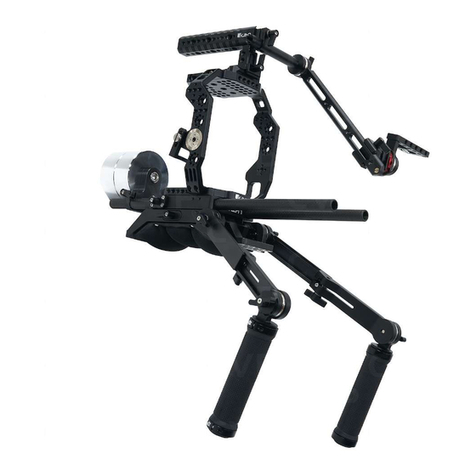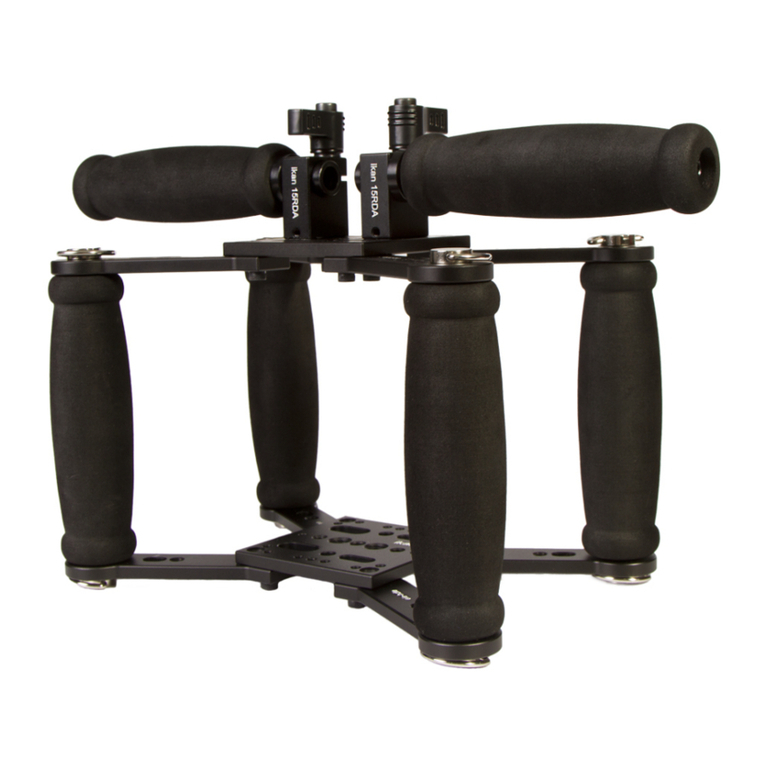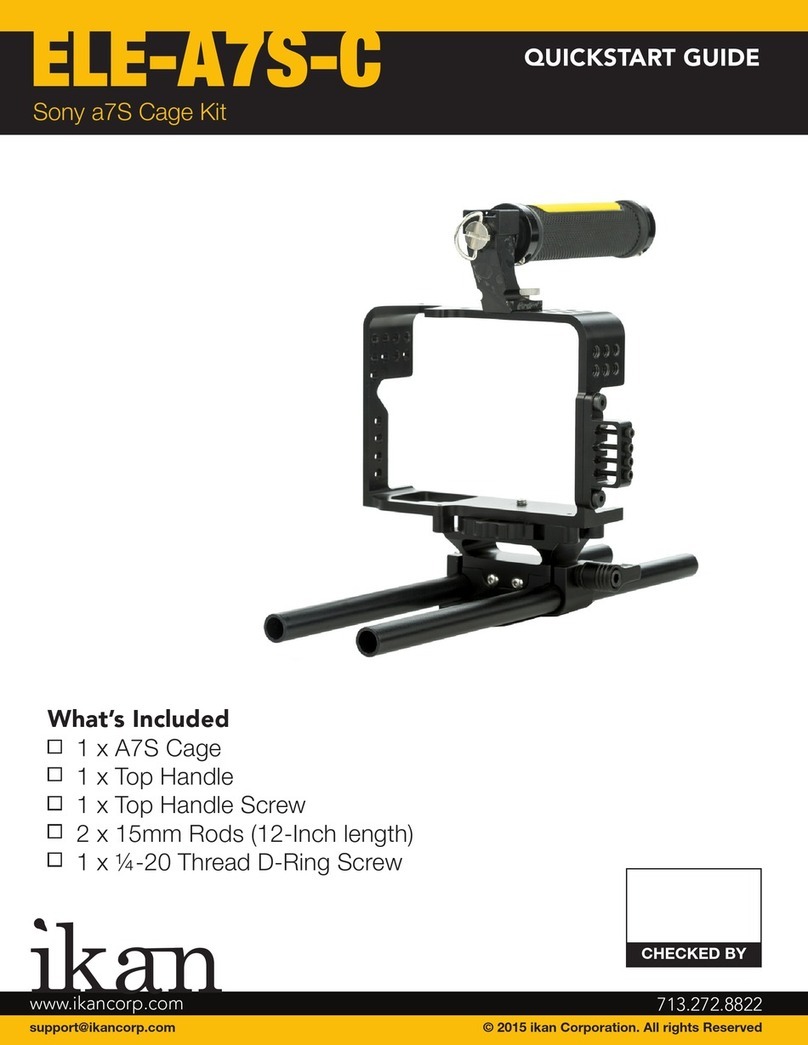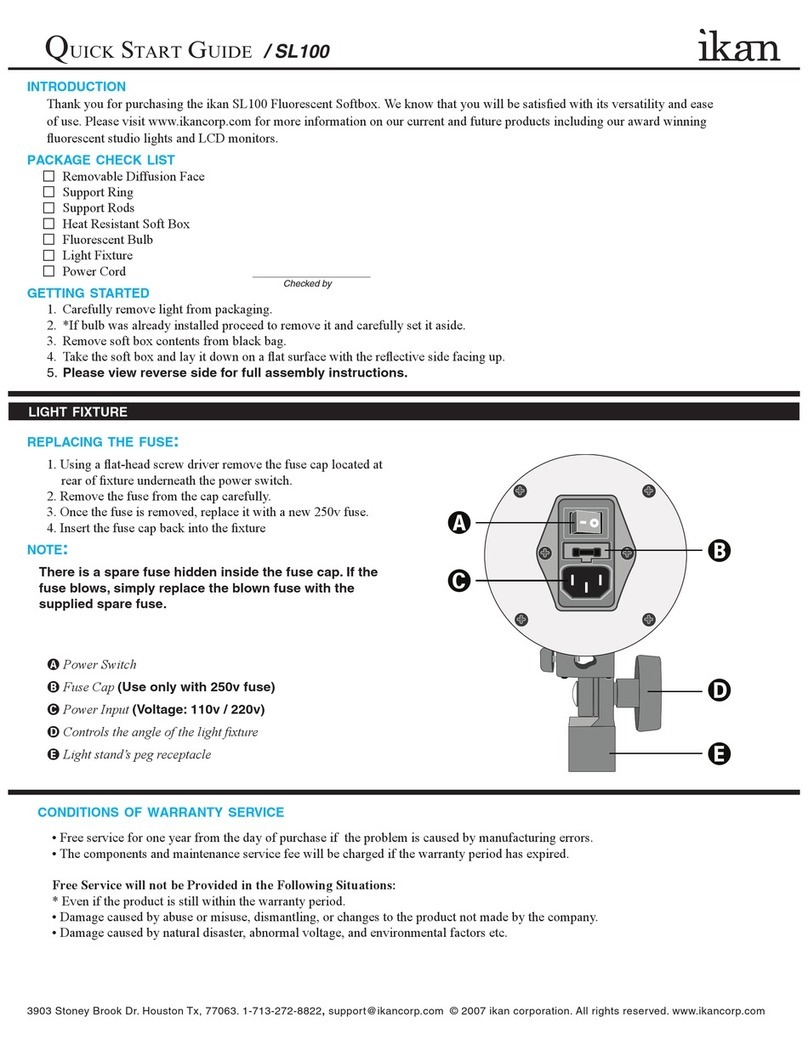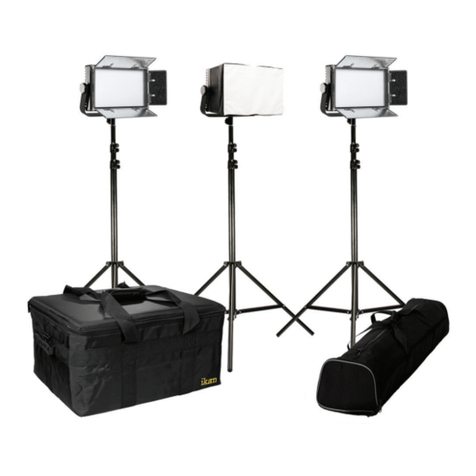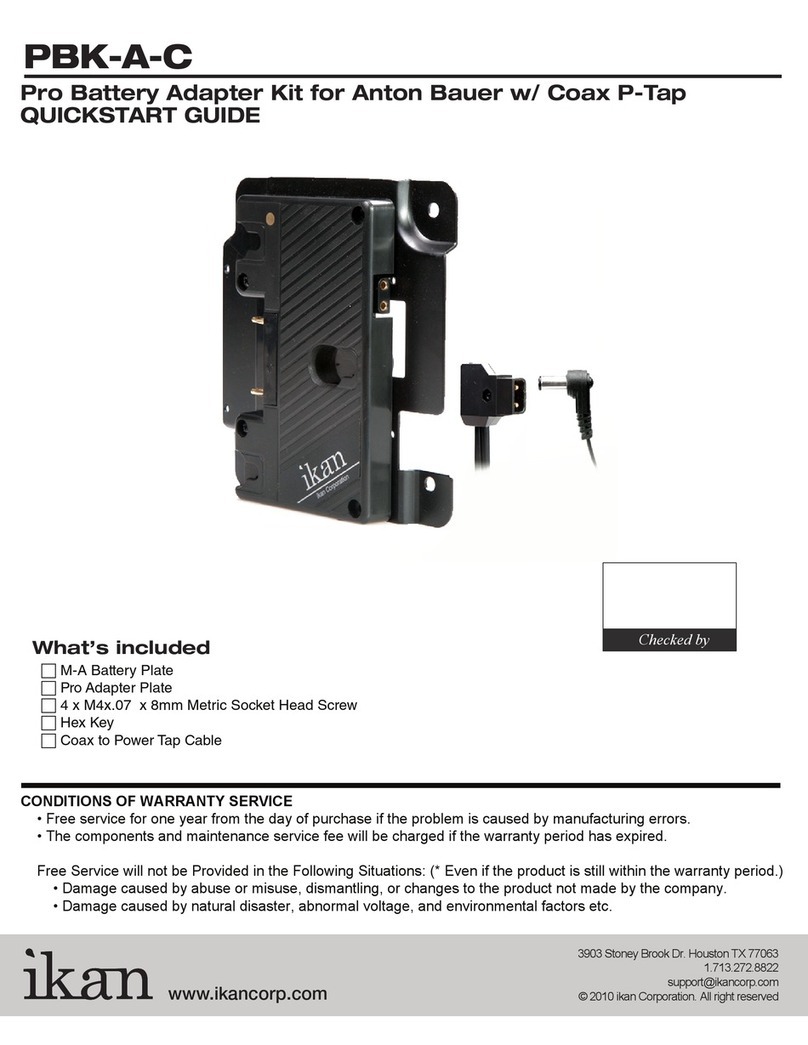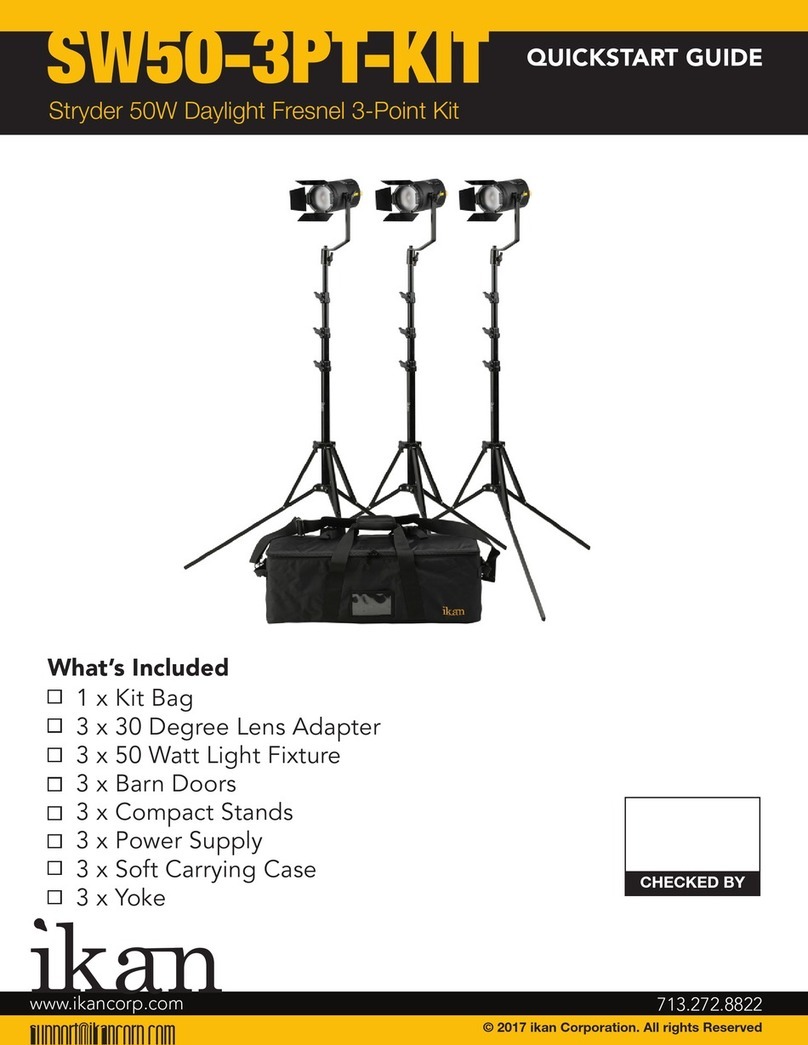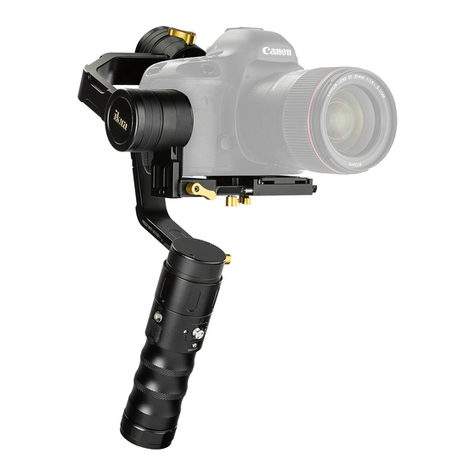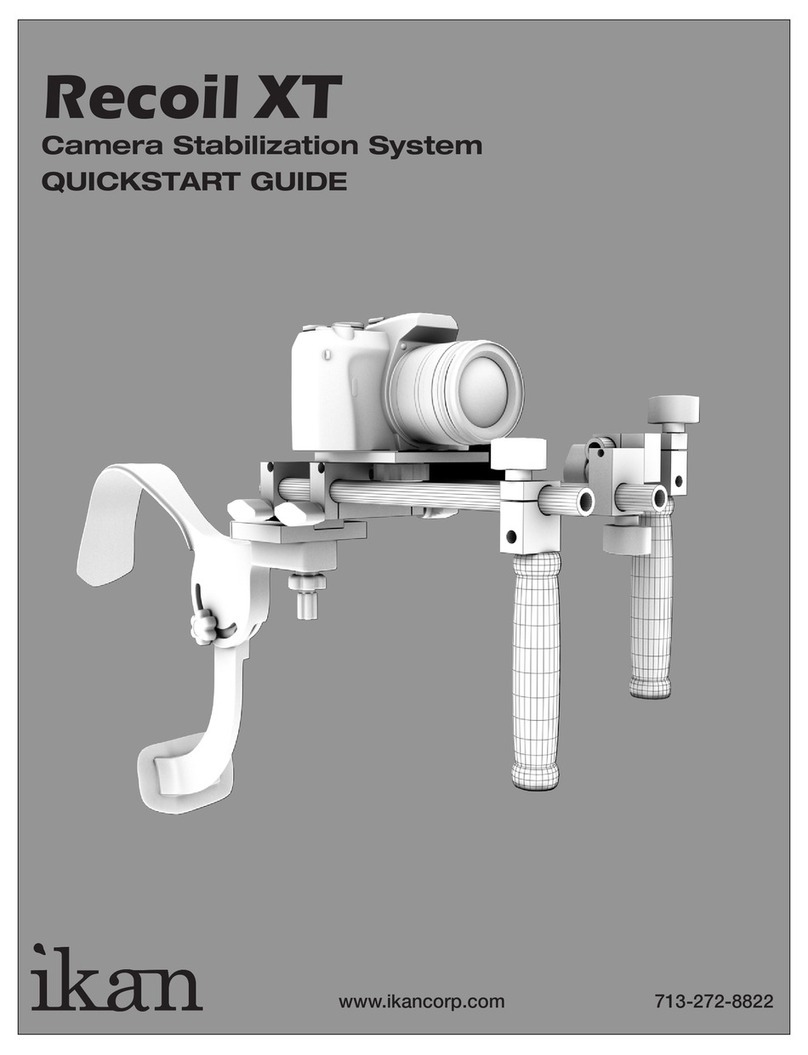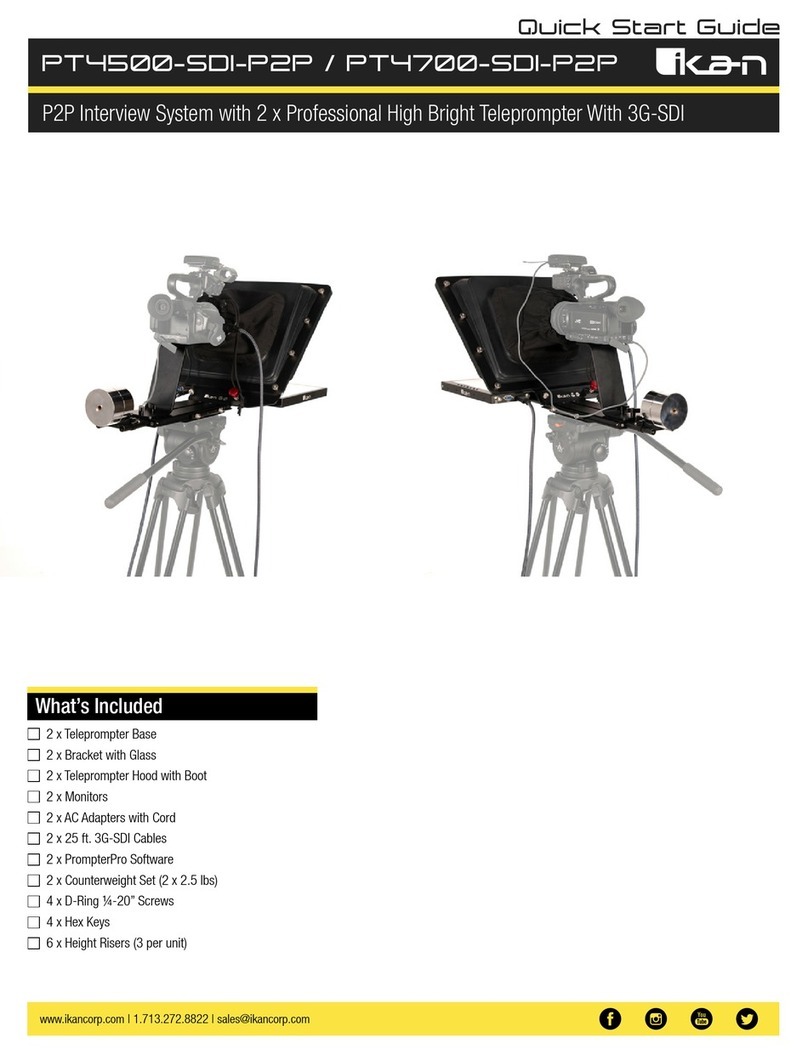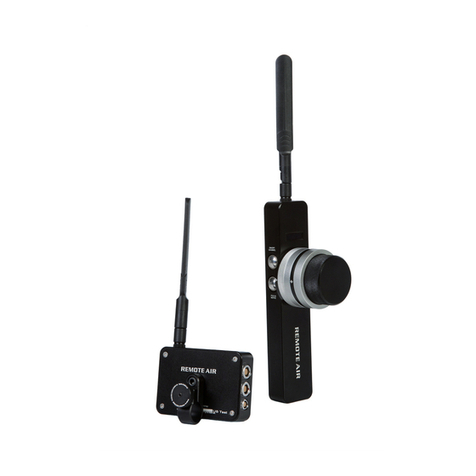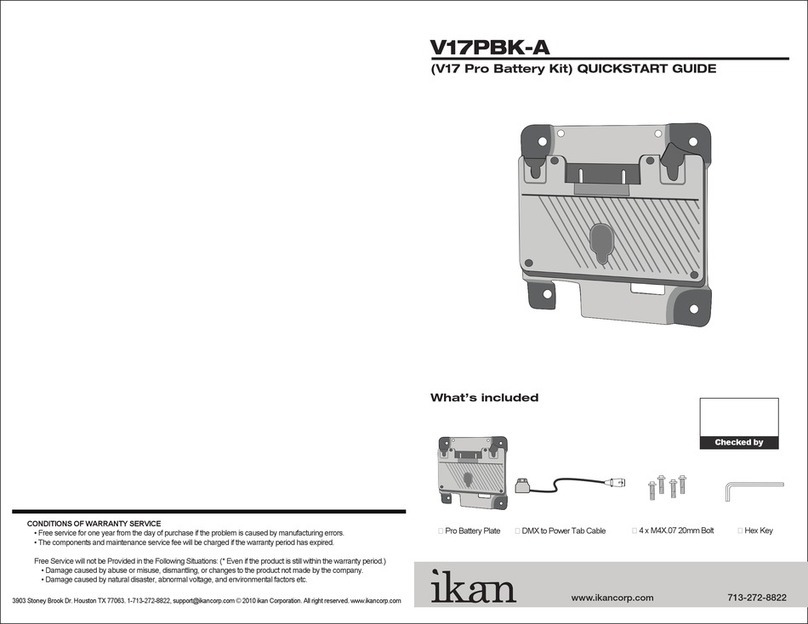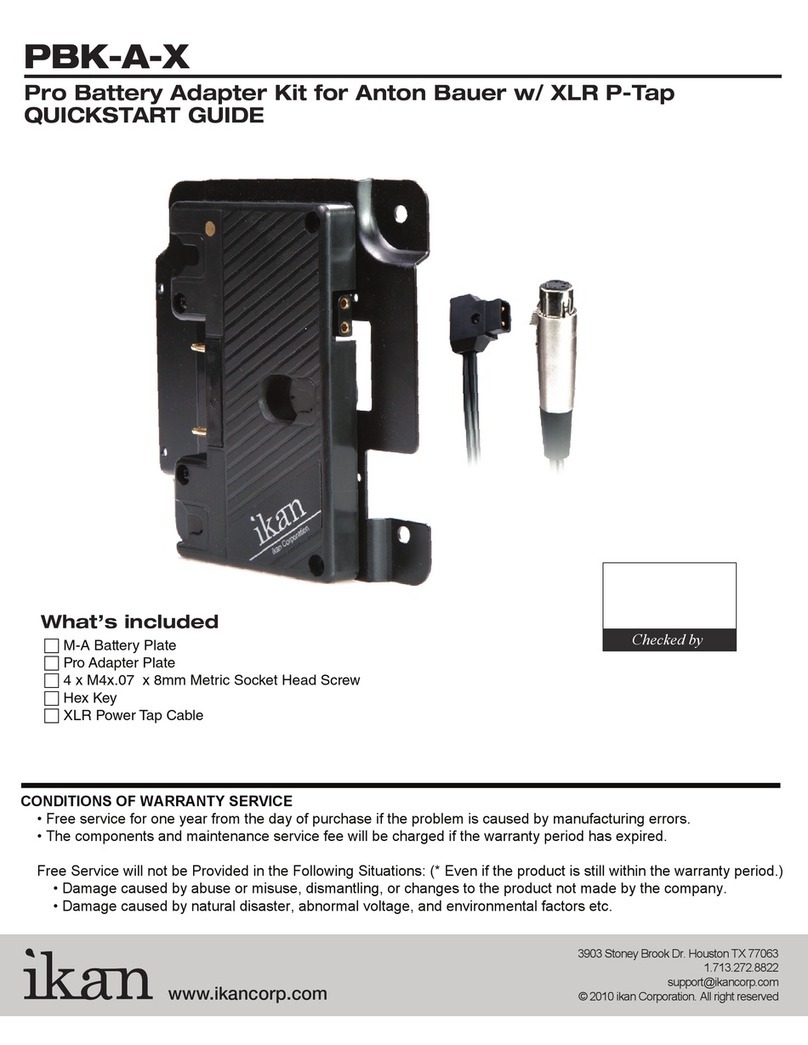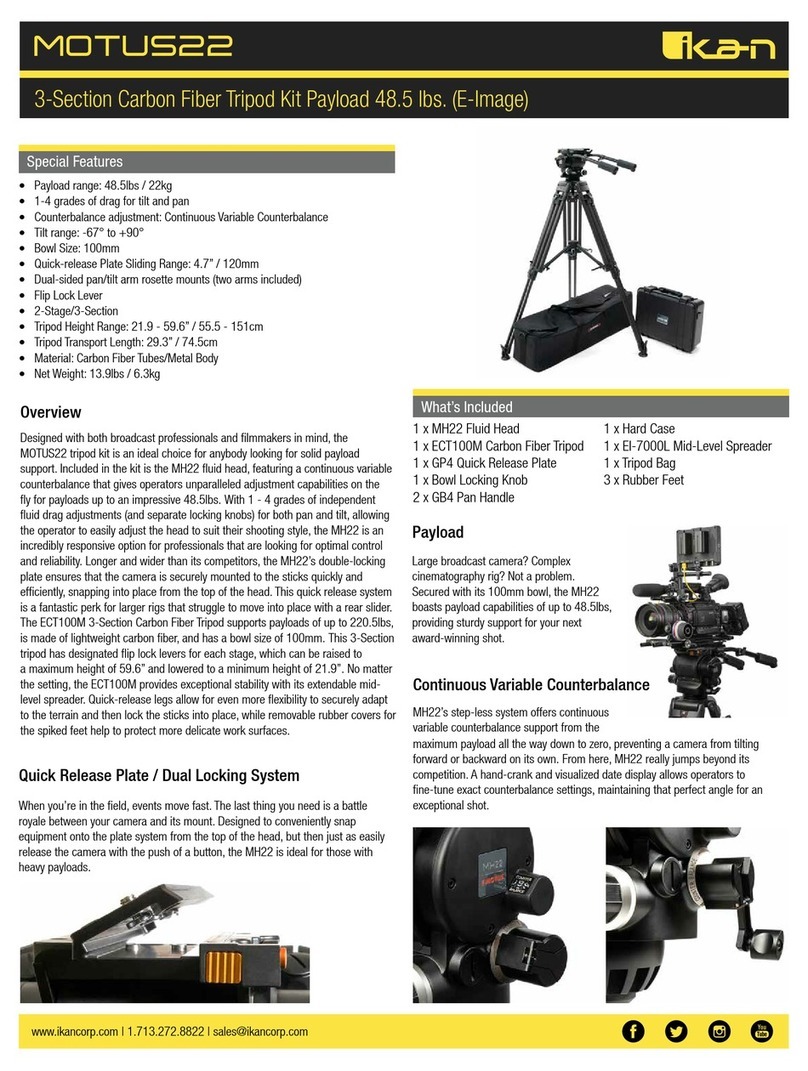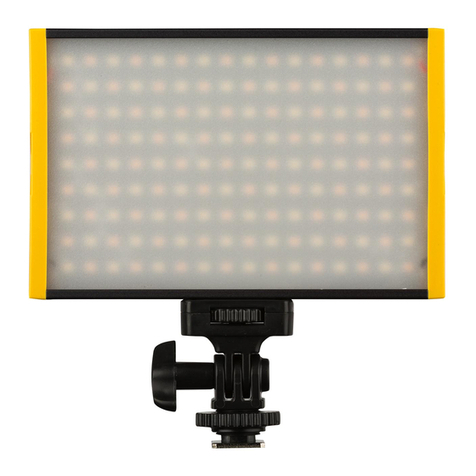
Beholder EC1 –3-Axis handheld gimbal stabilizer
The Beholder EC1 is the newest upgrade to the popular gimbal Beholder DS1. It is designed
specifically for professional filmmakers looking for a single handheld stabilizer for a large range of
medium and small cameras. The EC1 makes it simple and easy to get outstanding stable footage.
Beholder EC1 is the first to use the 32bit motor encoder. It features adjustable curved arms and
also adds an innovative pitch double adjustment that allows customers to use a large variety of camera
sizes, from small mirrorless to large DSLR cameras.
Whether filming fast-paced actions or aiming for high or low-angle shots, this device will help
you correct shakes or swaying and will balance and smooth the picture in order to achieve professional
grade image stabilization.
Beholder EC1 is lightweight and easy to use and can be carried in the supplied case or a small
photographer bag. EC1 can be widely used in movies, professional wedding films, and other
applications. EC1 uses a 32-bit electronic board system that has several profiles for multiple shooting
modes, which are easy to select by simply pressing a key. Beholder EC1 is shipped “ready to use” and
does not require software changes in order to handle your camera. The encoder technology is built-in for
faster system responsiveness, greatly improving the accuracy and stability at any angle, without having
to switch modes manually.
EC1 allows the camera to rotate 360 degrees on all axes using slip-ring technology while
removing rotation blockers used in previous versions to prevent wire twisting. It supports external remote
control (wired or wireless), allowing you to extend the handle and mount directly onto a rocker arm to
achieve high angle shots, boom moves, dolly shots, a smooth and seamless transition from high to low
mode and also time-lapse photography. Beholder EC1 supports firmware upgrades for further software
optimization.
EC1 has a standby time of 20 hours, while the built-in self-luminous OLED screen displays real-
time power usage, allowing users to better understand the product’s electricity consumption in a timely
manner in order to charge the battery. The OLED screen also displays the profile selected, allowing
users to clearly understand the shooting mode currently in use.
WARNING
To reduce fire or shock hazard, do not expose the unit to rain or moisture.
